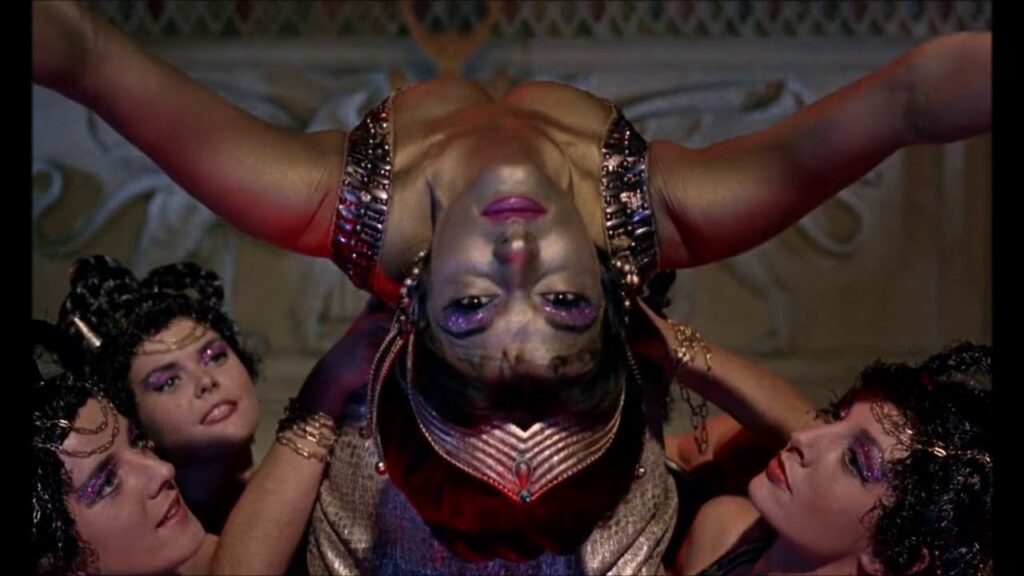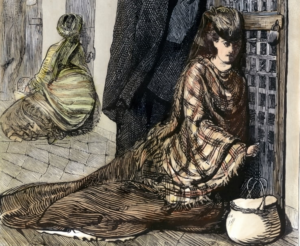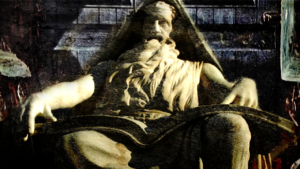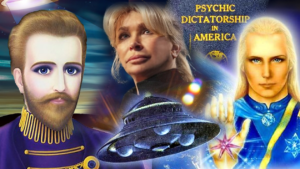Metaphysics of The Pyrrhic Dance

Pontian “Serra” Pyrrhic Dance, Athens 2004 Summer Olympics Closing Ceremony
People of an archaic attitude respond to dance when it is conducted in a martial and challenging manner, and the ‘holy’ is sensed in sacred dance when it resonates with folk-tradition. The art of dance and music has the power to put men in states of trance, which is a gateway to experiencing the numinous.
During classical antiquity the metaphysics of the pyrrhic dance inspired a call to valor, a connection to the sacrifice of the hero, to stir numinous reflection on the order of the gods, and inspire a defence of the sacred polis.
Divinely-inspired traditions must, above all, encourage a state of thumos, the reverence and protection for the holy must be spoken of as performance. Virtually all modern dance today is decadent, effeminately sensual, and facilitates individualism – there is no veneration for the sacred. Such veneration, when properly performed, brings both terror and joy, that bonds the brotherhood of the truly free to call up on the spirits or to beckon them to leave.
Due to the sedentary nature of contemporary faith (in the West) we associate religion with rationalizing theology and mythology, and overlook an original and crucial aspect of the religious experience: the ecstatic dance. Most humans are irrational beings who don’t have the attention span to think or read their religious experience (meaningfully), and without this guidance cannot cultivate a sense of piety, or formulate a rational order around which to live and dedicate. Simple physical or group activity they can understand, it is not theory or myth or thought, it is pure action, and of the moment.
The kingdoms and empires of the ancient world (such as Persia, Egypt, and Babylon) associated the mystical experience with well-developed solemn dances which metaphorically represented heavenly forces, in order to activate a certain state of consciousness and to bind the group with a shared kinetic ritual. This physical ritual gave worshippers a cohesive experience, something many priestly leaders understood well. They knew it is the sacred dance itself which shakes the flock out of self-absorbed reveries and reminds them what is important.
The sacred arts of singing, chanting, and dancing have the potential to mesmerize, and in that state, alter people’s awareness. To focus them upon the hidden (spiritual) world. Retaining that focus, away from the material world, is the most important human activity.











